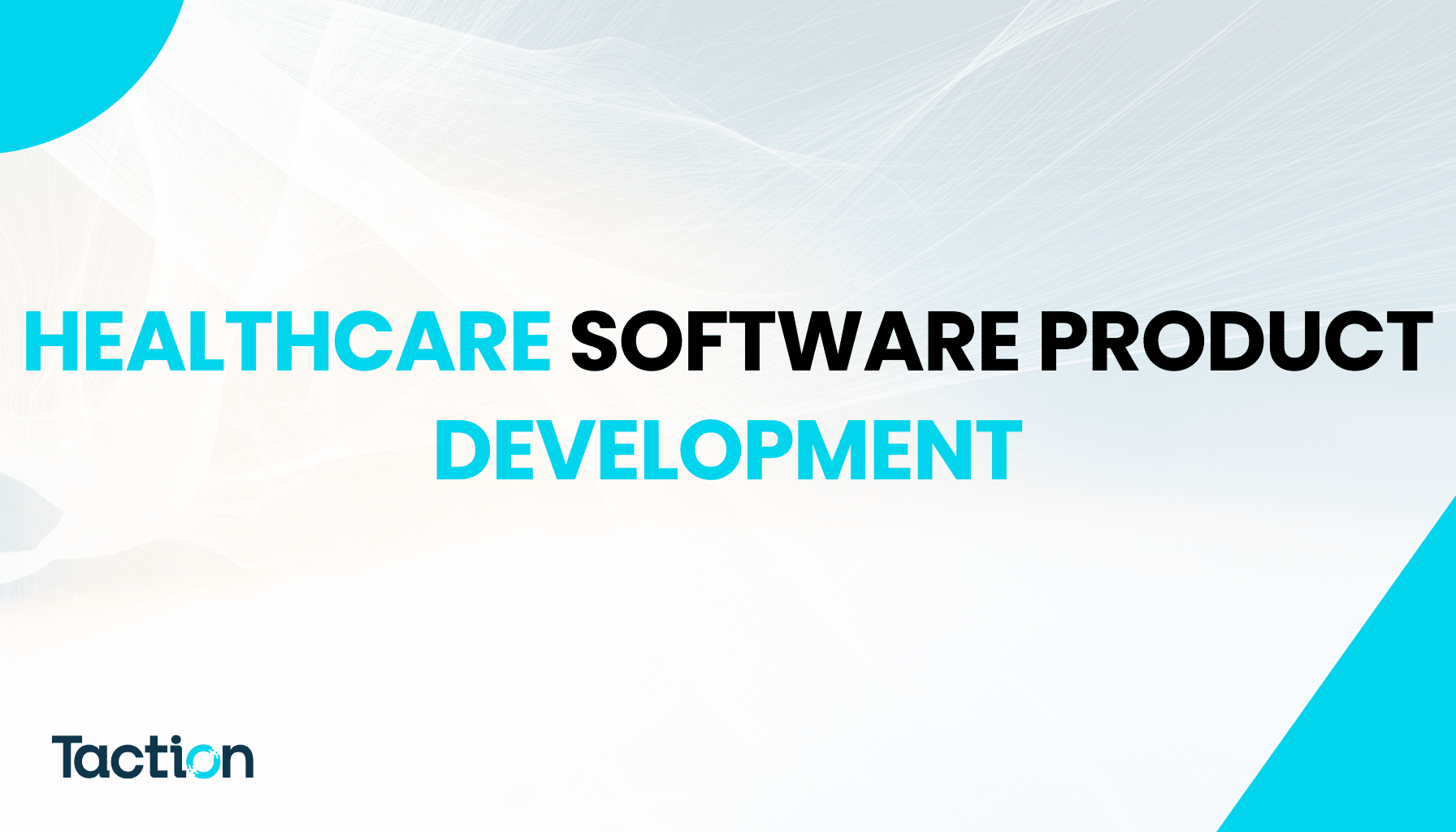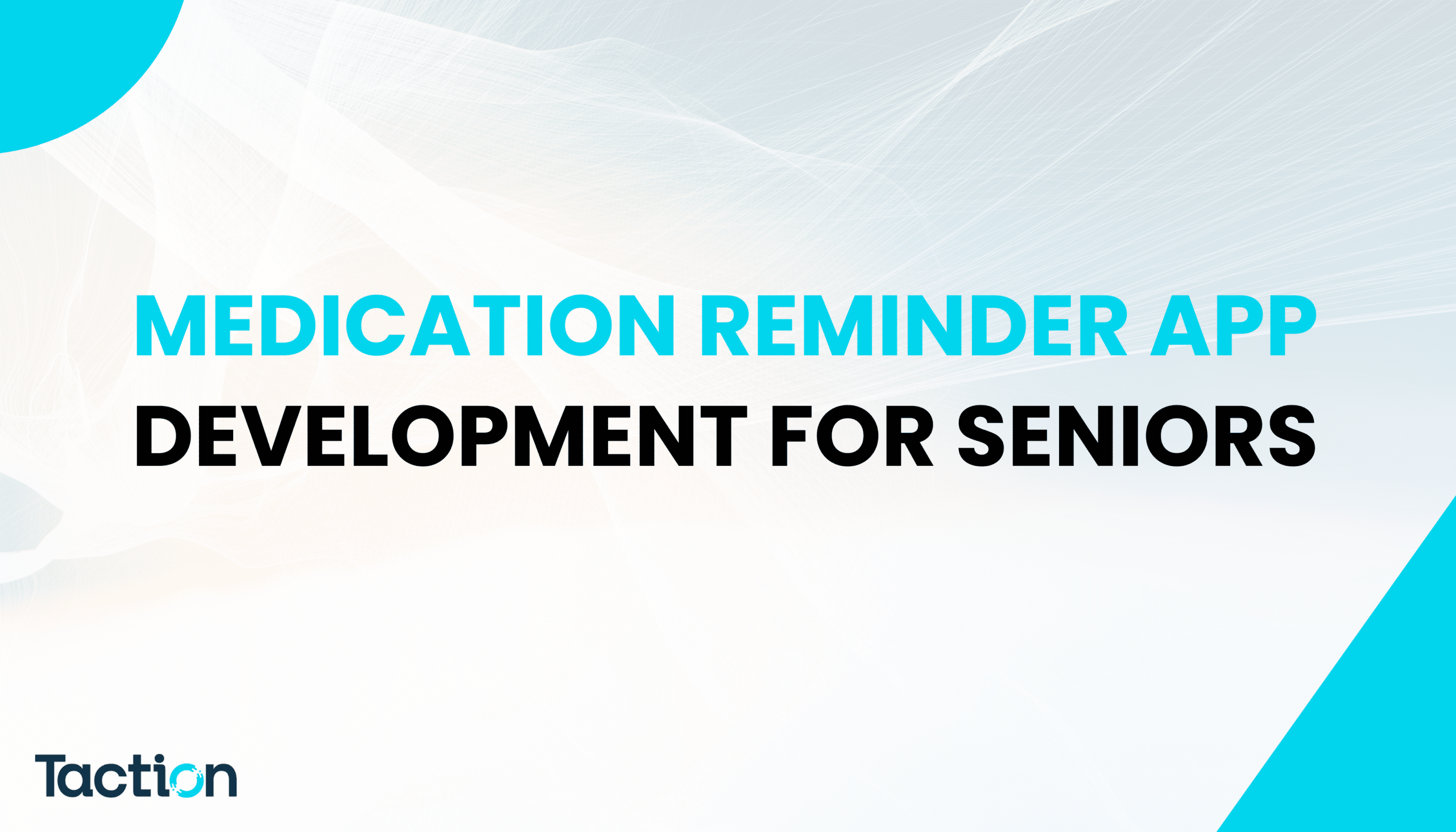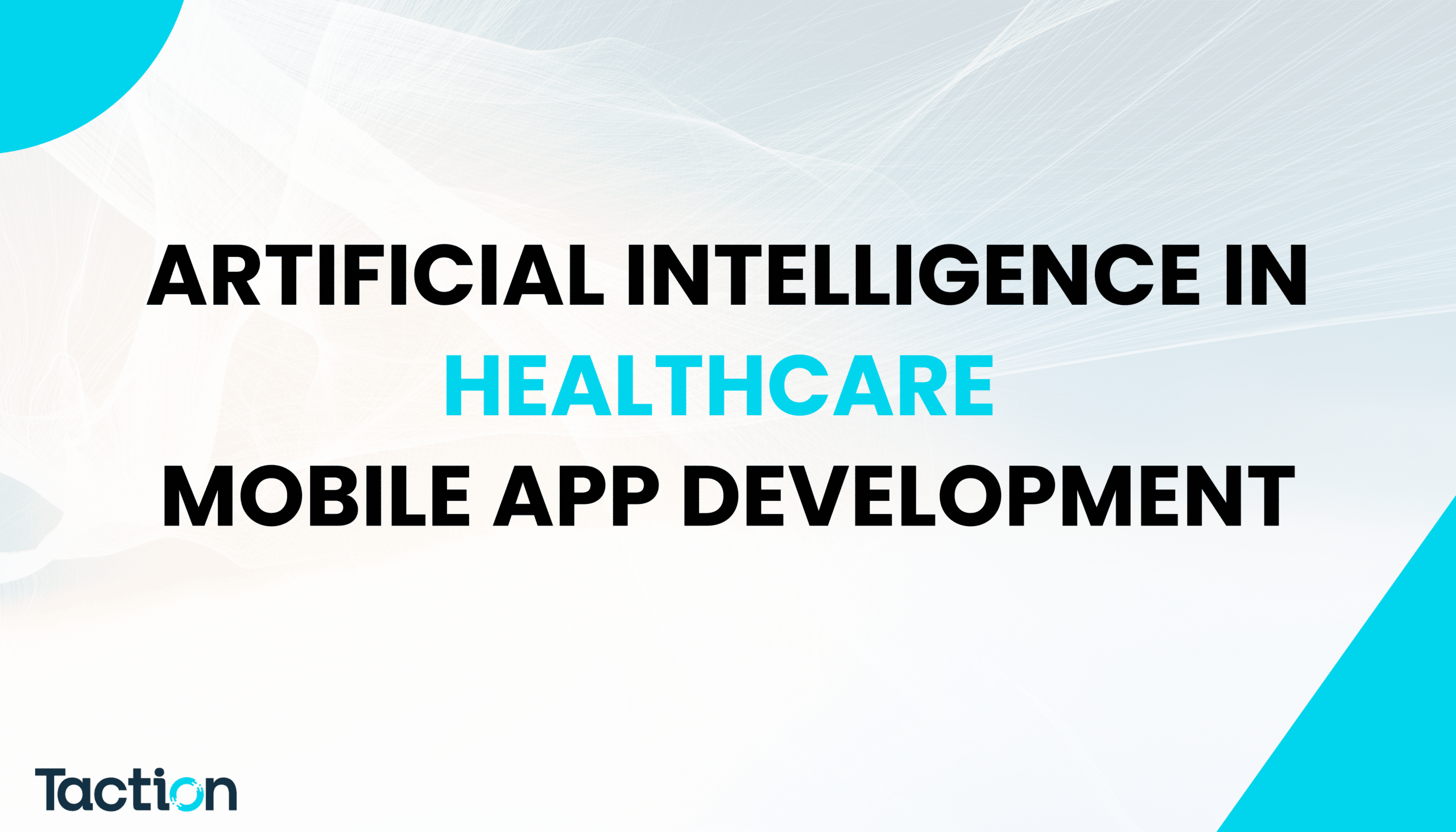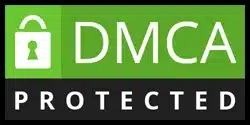The healthcare industry is rapidly shifting toward digital-first solutions, from telehealth to mobile EHRs. But with digital adoption comes the critical responsibility of protecting sensitive patient data. This is where HIPAA (Health Insurance Portability and Accountability Act) compliance steps in.
Developing a HIPAA-compliant app isn’t just about following rules—it’s about earning patient trust, avoiding costly fines, and building long-term partnerships with healthcare providers. In this guide, we’ll cover what HIPAA compliance means, why it matters in 2025, and how you can develop secure, compliant healthcare apps step by step.
What Is HIPAA and Which Apps Must Comply?
HIPAA sets strict standards for handling Protected Health Information (PHI) and Consumer Health Information (CHI). By 2025, any app that collects, processes, or transmits patient data must meet HIPAA requirements, whether it’s a billing system, telemedicine app, or health monitoring tool.
- Apps that typically fall under HIPAA regulations include:
- Telehealth and telemedicine platforms
- EHR/EMR-integrated apps
- Mental health and physiotherapy apps
- Radiology and imaging apps
- Healthcare SaaS platforms used by providers and insurers
Even apps storing PHI on third-party servers must comply, provided the data is personally identifiable and linked to medical details.
Why HIPAA Compliance Matters for Your Product Roadmap
For Patients
- Patients control their health information—apps can’t share it without consent.
- They must be notified of breaches promptly.
- Privacy, confidentiality, and transparency are essential for trust.
For Hospitals & Healthcare Organizations
- Non-compliance can cost from $1,000 to over $1 million per violation.
- Breaches damage reputations and partnerships.
- Compliance unlocks interoperability with EHR systems and vendor networks.
Key HIPAA Rules Developers Must Know
- Privacy Rule – Governs how PHI is accessed and shared.
- Security Rule – Focuses on safeguards for PHI (encryption, authentication, backups).
- Enforcement Rule – Details penalties for non-compliance.
- Breach Notification Rule – Requires disclosure of breaches to patients.
- Omnibus Rule – Extends HIPAA requirements to third-party vendors.
Essential Features of HIPAA-Compliant Apps
- User Authentication – PINs, biometrics, and secure logins
- Emergency Access Protocols – Access PHI during crises
- End-to-End Encryption – Data protection across its lifecycle
- HL7/FHIR Compatibility – Shareable and standardized health data
- Data Anonymization – For research and analytics without PHI exposure
- Audit Trails – Track who accessed data and when
- Automatic Logoff – Prevent unattended access
- Data Backup & Recovery – Maintain continuity during failures
- Remote Wipe – Erase data if devices are lost/stolen
- Consent Management – Allow patients to control data sharing
Step-by-Step Guide to Building a HIPAA-Compliant App
1. Conduct a Compliance Assessment
Perform a gap analysis to identify risks and compliance needs based on the PHI your app will handle.
2. Choose a HIPAA-Compliant Backend
Opt for cloud providers like AWS, Azure, or Google Cloud that sign Business Associate Agreements (BAAs) and support secure PHI processing.
3. Separate Sensitive Data
Segment PHI from general app data to minimize risk exposure.
4. Encrypt Data in Storage and Transit
Use AES-256 encryption for data at rest and TLS 1.2+ for data transmission.
5. Implement Access Management
- Role-based access
- Multi-factor authentication
- Regular permission audits
6. Enable Logging & Monitoring
Set up audit trails and real-time monitoring with tools like Splunk or Datadog.
7. Ensure Data Integrity
Apply validation, tamper-proofing (digital signatures), and version control to prevent unauthorized changes.
8. Establish a Breach Response Plan
Develop protocols for detection, reporting, and remediation within HIPAA timelines.
9. Train Staff and Vendors
Educate developers, admins, and business associates on compliance requirements.
Tech Stack for HIPAA-Compliant Mobile Apps
| Component | Technology | Purpose | Benefits |
| Frontend Development | React Native, Swift, Kotlin | User interface | Cross-platform, native performance |
| Backend Development | Node.js, Python, Ruby on Rails | Server-side logic/API | Scalability, robustness |
| Database | PostgreSQL, MongoDB | Data storage | High security, data integrity |
| Cloud Services | AWS, Google Cloud, Azure | HIPAA-compliant infrastructure | Scalability, reliability |
| Data Encryption | AES-256 encryption | Data protection | Full HIPAA compliance |
| Authentication | OAuth, OpenID Connect | Secure logins | Secure and flexible |
| Monitoring & Logging | Splunk, Datadog | Event monitoring | Real-time security, performance |
| API Management | Apigee, AWS API Gateway | Secure API exposure | Efficient, secure integration |
| Compliance Efficiency | HIPAA Compliance Software | Ongoing regulatory checks | Avoid violations, protect data |
Cost of HIPAA-Compliant App Development
The cost varies based on complexity, integrations, and team expertise:
- Basic HIPAA app: $45,000 – $80,000
- Mid-level telehealth/EHR app: $80,000 – $150,000
- Enterprise-grade solution: $150,000 – $300,000+
- Annual maintenance: $4,000 – $12,000
Outsourcing to a specialized HIPAA development partner like Taction Software ensures compliance while optimizing costs.
Example of a HIPAA-Compliant Application
A telehealth platform is a prime case study:
- Encrypts video consultations and patient data transfers
- Uses MFA for provider and patient login
- Maintains complete audit trails of interactions
- Provides breach monitoring and rapid incident response
This ensures trust, regulatory adherence, and seamless healthcare delivery.
Taction Software’s HIPAA Compliance Process
At Taction Software, we embed compliance from day one:
- Transport Encryption: SSL/TLS protocols and secure HTTP
- Backup & Recovery: Redundant secure data storage
- Authorization Controls: Role-based permissions and access audits
- Data Integrity: RSA/AES encryption with validation safeguards
- Secure Data Disposal: Policies for expired backups
- PHI Lifecycle Security: Collection, transmission, and storage with advanced key management and encrypted backups
👉 Explore more: HIPAA-Compliant Software Development Austin
Managing PHI Collection, Transmission, and Storage
- In Transit: TLS encryption and certificate pinning
- On Server: Encrypted backups and key rotation policies
- On Devices: Encrypted storage with remote wipe features
FAQs
Development ranges from $45,000 to $300,000+, depending on features, integrations, and scale.
Security risk analysis, technical/administrative safeguards, BAAs, and ongoing monitoring.
Fines from $1,000 to $1 million per violation, plus reputational and legal damage.
No. Compliance is achieved by implementing required safeguards, not a certificate.
It safeguards patient trust, prevents costly breaches, and ensures smoother partnerships with providers and insurers.
Conclusion
In 2025, HIPAA compliance isn’t just a checkbox—it’s the foundation of digital healthcare success. By implementing strict safeguards, choosing the right tech stack, and partnering with experts like Taction Software, you can confidently launch healthcare apps that are secure, scalable, and regulation-ready.









